Electric Bike Troubleshooting Guide

Hey guys, I'm Euybike mechanic Tom and welcome to our guide on troubleshooting electric bikes. In this guide, mechanic Tom will explain in detail the common faults of electric bikes, how to troubleshoot electric bikes, solutions to electric bicycle faults, how to reduce electric bicycle faults, electric bicycle maintenance and other knowledge, and then follow Let's study together with Tom.
Electric bike fault introduction
E-bike, like bikes, are gaining popularity as a convenient and environmentally friendly mode of transportation. Unlike a bike, it comes with a motor, battery, and controller, and it also has pedal assist to make it easier to ride in various terrains. However, like any vehicle, e-bikes are subject to problems and breakdowns.
What are the common faults of electric bikes
Electric bikes have many parts, and maintenance is essentially the repair and replacement of parts, so Tom will explain the possible failures from the key parts. There are mainly electrical and mechanical faults, the most likely faulty parts are batteries, motors, controllers, lights, frame, front forks, handlebars, cables, brakes, throttle valves, derailleur, tires, shock absorbers, discs Brake noise, etc.
How to troubleshoot electric bikes
Tom met many bicycle beginners who didn't know what to do when the bike broke down, and they didn't know how to describe what happened to the bicycle when they went to the manufacturer for after-sales service. Next, Tom will tell you the knowledge and steps you need to solve common electric bicycle failures. By following these troubleshooting tips, you can get your e-bike on the road fast and a joy to ride.
Common fault types of electric bikes
After understanding the common parts failures of bikes, it becomes easier for us to troubleshoot electric bikes. The most common types of failures are several, such as batteries not charging, motors not working, displays not working, brake problems and controller failures.
Electric Bike Troubleshooting Steps
A step-by-step approach to identifying and resolving e-bike problems, troubleshooting steps include:
- Check the bike frame for damage.
- Check the battery capacity and whether it can be charged.
- Check that the motor can rotate.
- Check the throttle.
- Check that the brakes are normal.
- Check tires for leaks.
- Check if the display works.
- Check that the lights work.
- Check the bike for noise.
After passing the inspection of these steps, most of the faults of electric bikes can be found. In this way, whether you repair it yourself or find the manufacturer's after-sales warranty, you can quickly solve the fault.
Solutions to electric bike failures
Broken bike frame
- Frame tilted - replace frame
- Severe dent in frame - replace frame
The battery won't charge
- Battery has reached end of life - replace battery.
- The fuse in the fuse tube inside the battery is broken - replace the fuse.
- No output voltage from charger - replace charger.
- The indicator light of the charger is abnormal - replace the charger.
Motor not functioning
- Low battery - charge the battery.
- Throttle grip faulty - replace the throttle grip.
- Controller failure - replace controller.
- Motor burned out - replace motor.
Turn the throttle, the motor doesn't turn.
- Throttle cable came off - re-solder cable.
- Throttle won't turn - replace throttle.
Brakes not working properly
- Braking distance too long - replace brake pads.
- Brakes are stiff - tighten the brake cable.
Regarding the brakes, Tom has a detailed step-by-step to help you solve the brake problem.
Riding hard and slow.
- Check that the brakes are not locked - release the brakes.
- Over-inflated tire rubbing against frame - relieve tire pressure.
- Flat tire - re-inflate or replace inner tire.
Display power is off
- Bad cable contact - reseat cable
- The battery is dead - charge the battery
- Display Damaged - Replace Display
Turn on the power, the motor spins immediately
- Throttle handle damaged - replace
- Bad controller - replace
Bikes have noise when riding
- Disc Brake Noise - Adjust Brakes
- Flywheel is stuck with sand - clean the sand.
- Shock absorber is noisy - add oil.
Short driving distance
- Check that the battery is fully charged.
- Aging battery - replace the battery
After learning these solutions for electric bikes, you will be able to replace most mechanics when encountering bicycle failures. Congratulations, you are no longer a beginner. You only have a little practical experience. You will solve bicycle failures by yourself . Of course, if you encounter a failure that cannot be solved, please take the bicycle to the nearby E-bike shop for repair.
How to reduce electric bike failure
- Pay attention to the use and maintenance of batteries, chargers, electric controls, motors, brakes, controllers, and tires.
- Do not ride the bicycle in a harsh environment, and do not expose the bicycle to the sun or rain.
- Reduce e-bikes problems with regular preventive maintenance, proper battery care, motor maintenance, brake tuning and general maintenance.
- Practices to minimize e-bike breakdowns, such as proper riding technique, learning the bike user guide, and safety precautions.
The Importance of Troubleshooting
Troubleshooting is the process of identifying and fixing problems with your e-bike. It plays a vital role in ensuring the smooth operation and longevity of your e-bike. By becoming familiar with common problems and troubleshooting techniques, you can save time and money by solving problems yourself, or at least gain a better understanding when seeking professional help.
In conclusion
Troubleshooting an e-bike doesn't have to be a daunting task. By understanding common faults, following proper diagnostic steps, and implementing effective solutions, you can keep your e-bike in good working order. Remember to perform regular maintenance, address issues promptly, and follow best practices to minimize problems and prolong the life of your e-bike. Enjoy the ride and happy troubleshooting!
Frequently Asked Questions (FAQs)
FAQ 1: What Should I Do If My Electric Bike Doesn't Turn On?
Answer: There are generally three reasons why electric bicycles turn on. The battery cable is in poor contact. The motor Hall is faulty. The controller cable is loose and falls off, causing the electric bicycle to have power but cannot turn on.
FAQ 2: How Often Should I Charge the Battery of My Electric Bike?
To maintain optimal battery performance, it's recommended to charge your electric bike's battery after each ride or when the battery level is low.
FAQ 3: Why Does My Electric Bike Motor Overheat?
Motor overheating can occur due to various factors, such as riding uphill for extended periods, overloading the motor, or poor ventilation. To prevent overheating, avoid excessive strain on the motor and ensure proper airflow around it.
FAQ 4: Can I Repair a Flat Tire on My Electric Bike?
Yes, you can repair a flat tire on your electric bike. Use a tire repair kit specifically designed for bikes and follow the instructions provided. Alternatively, you can seek assistance from a professional bike shop.
FAQ 5: How Often Should I Service My Electric Bike?
Regular servicing is crucial to keep your electric bike in top condition. It's recommended to service your electric bike at least once a year or every 500-1,000 miles, depending on your usage and manufacturer's guidelines.
Tom has previously discussed in detail how often you should service your ebike.
FAQ 6: What Is the Average Lifespan of an Electric Bike?
The lifespan of an electric bike depends on various factors, including usage, maintenance, and quality of components. With proper care and maintenance, an electric bike can last anywhere from 5 to 7 years or more.




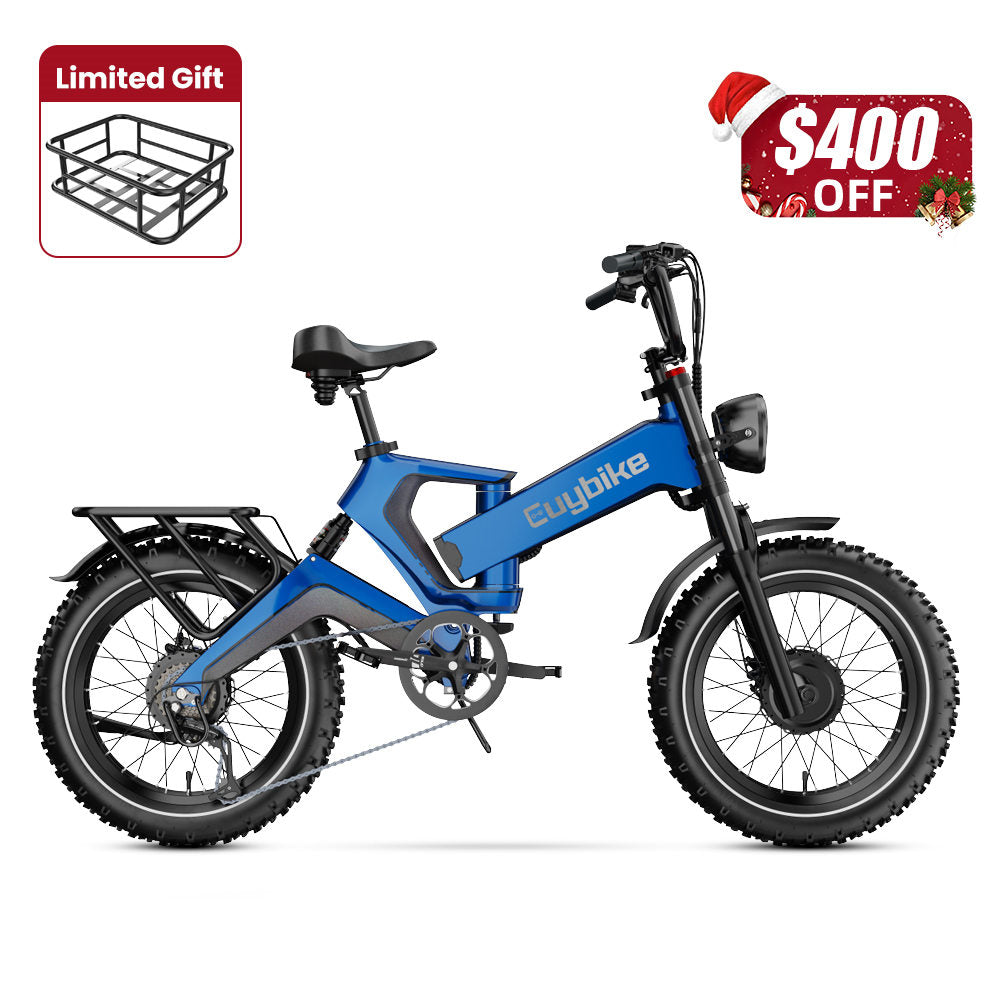

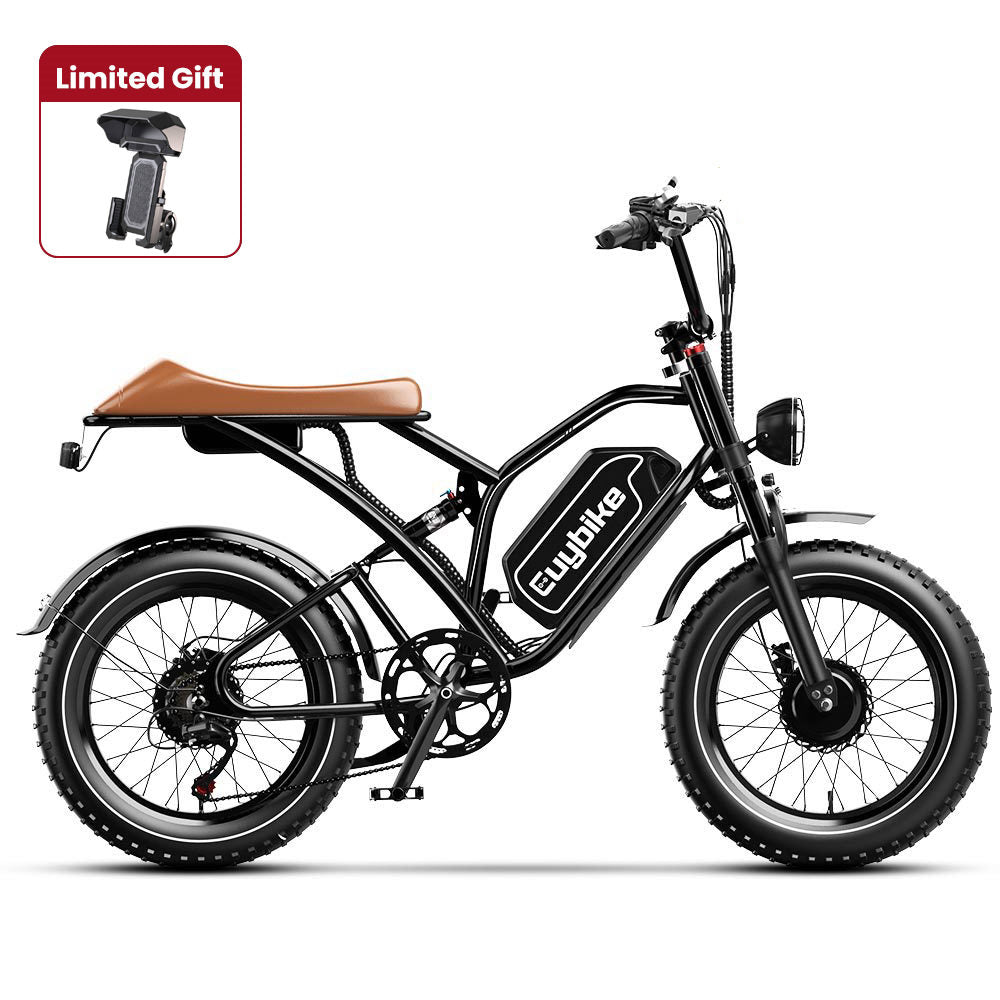
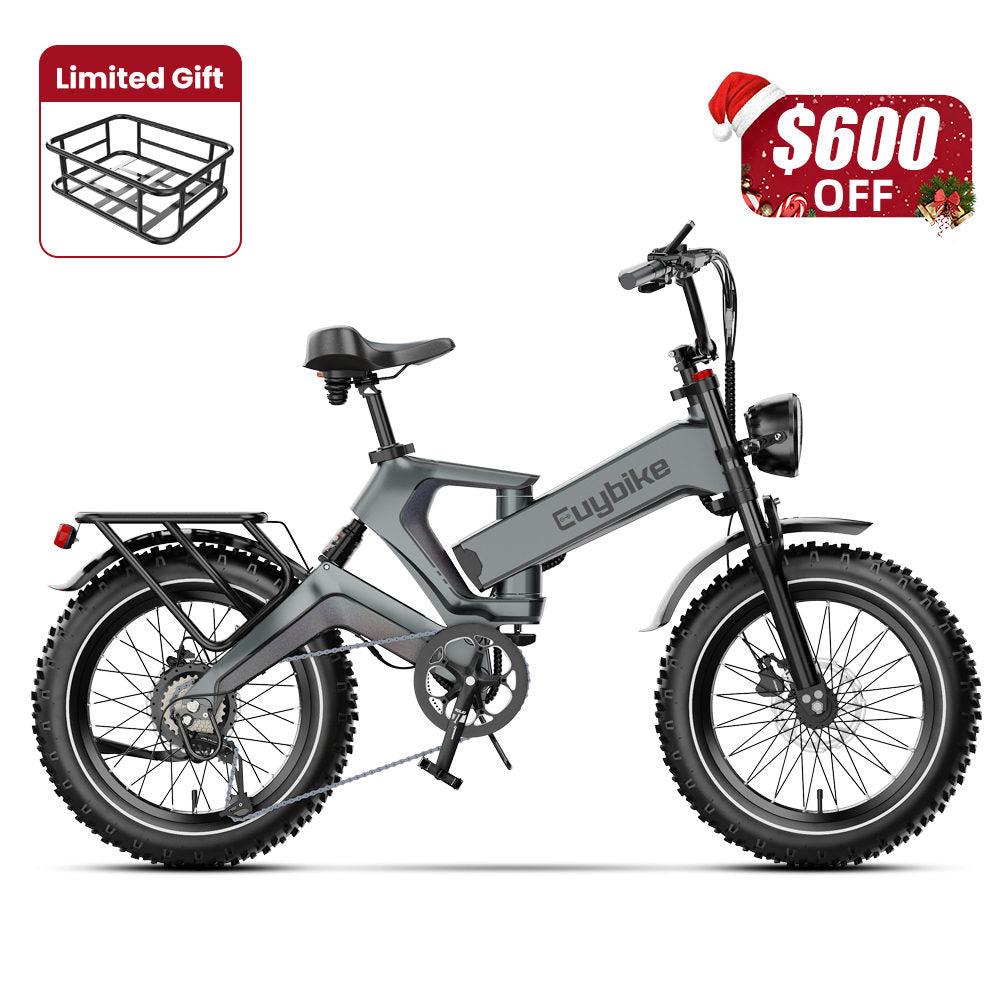
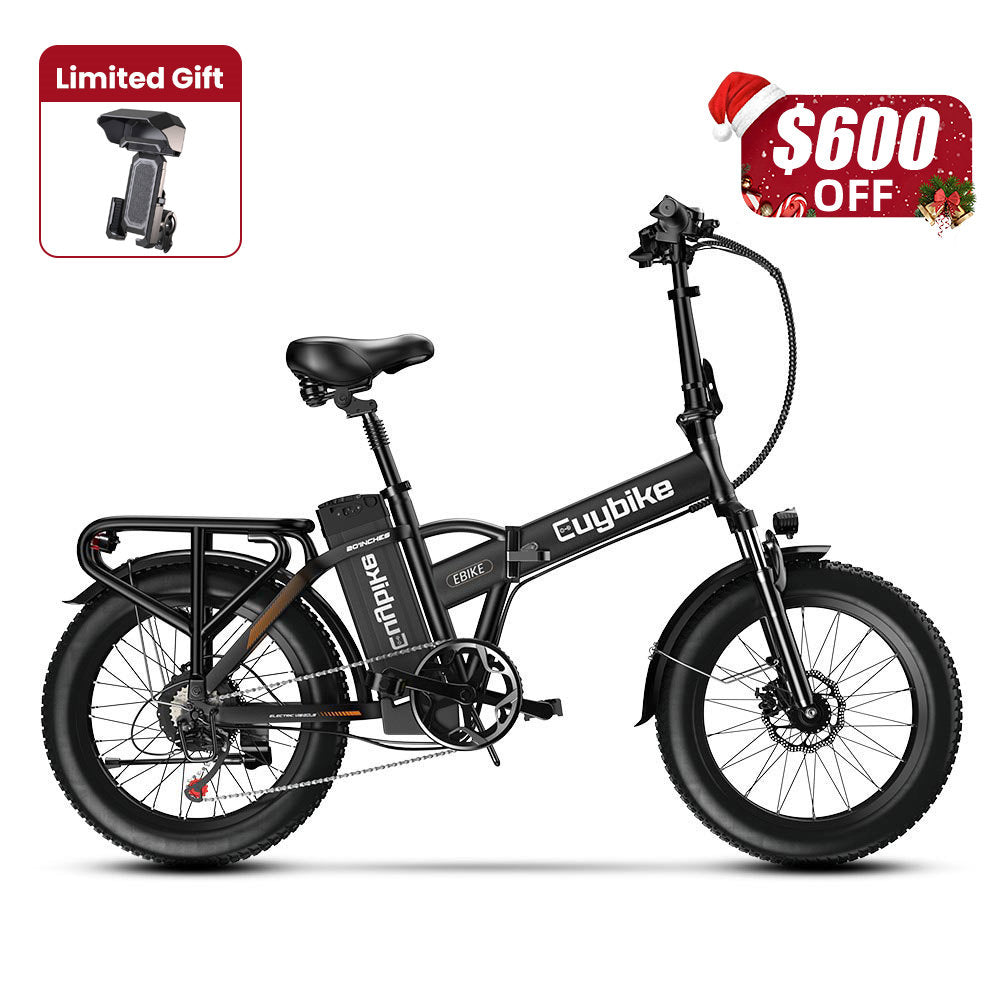
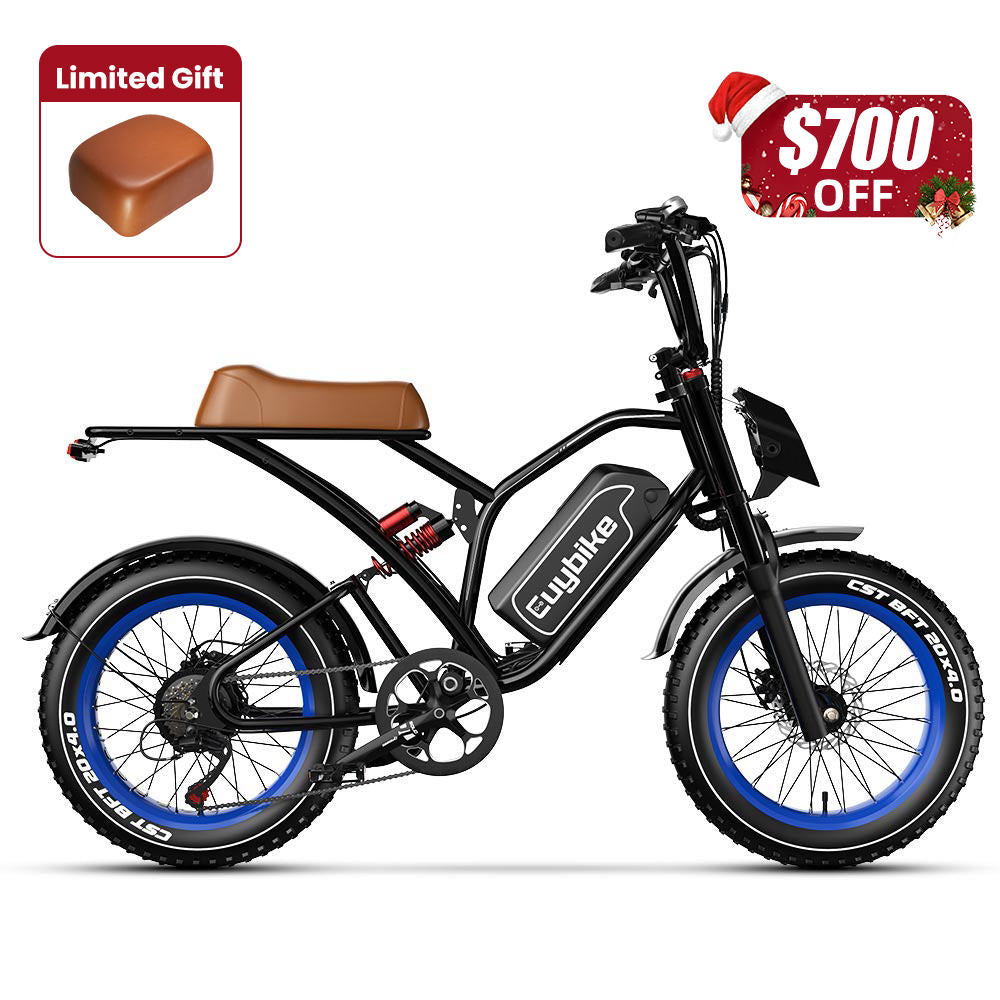
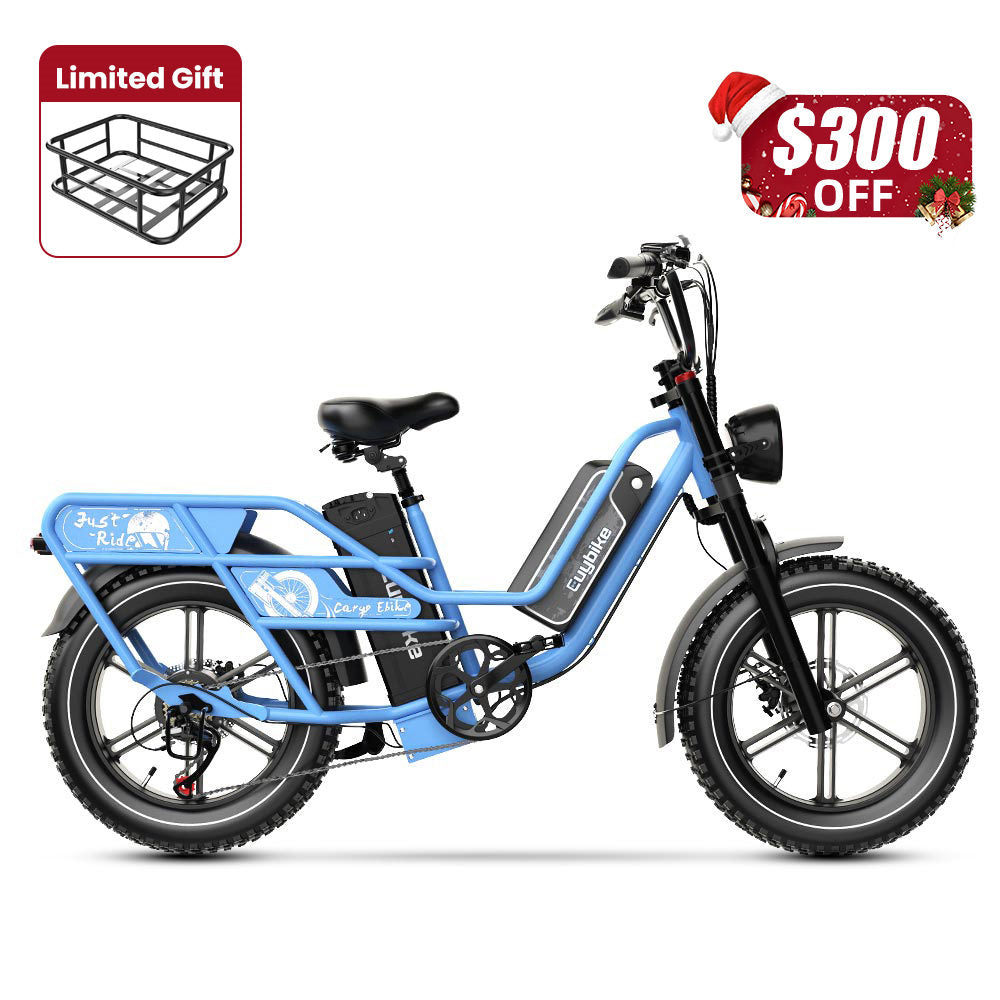
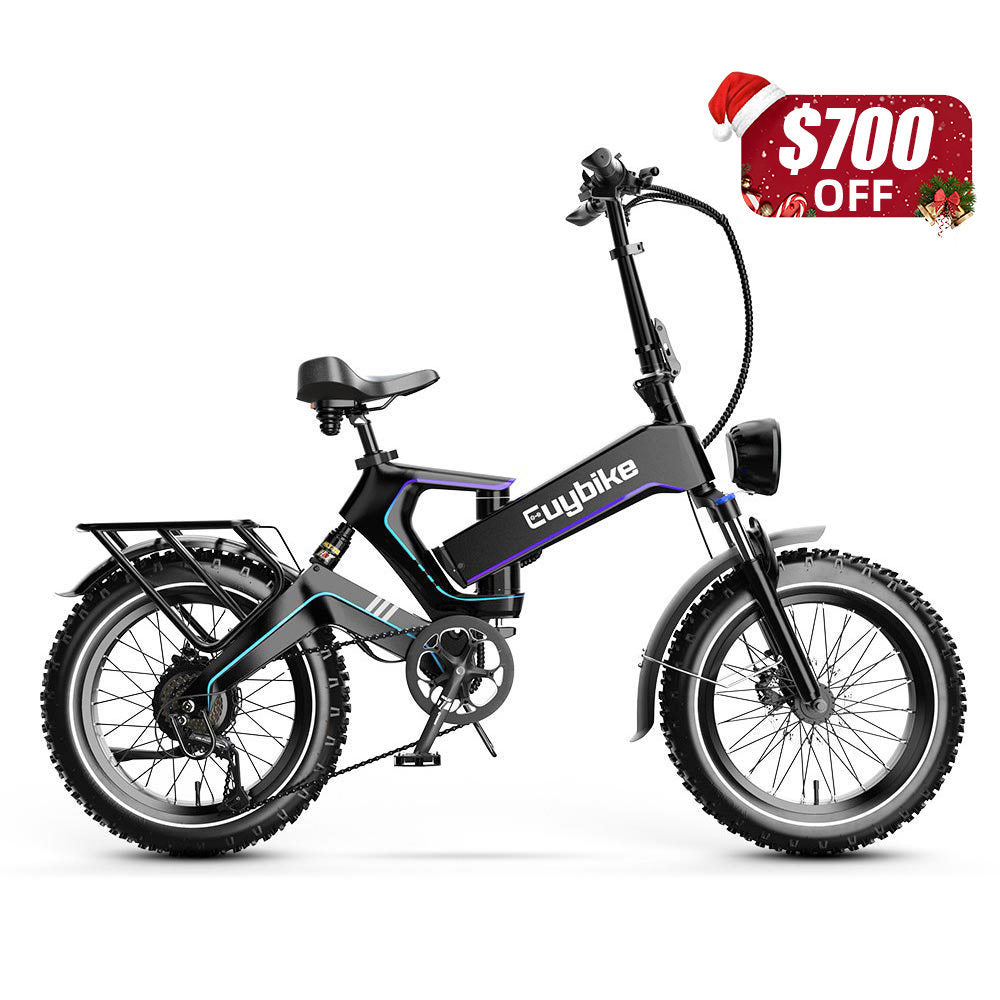
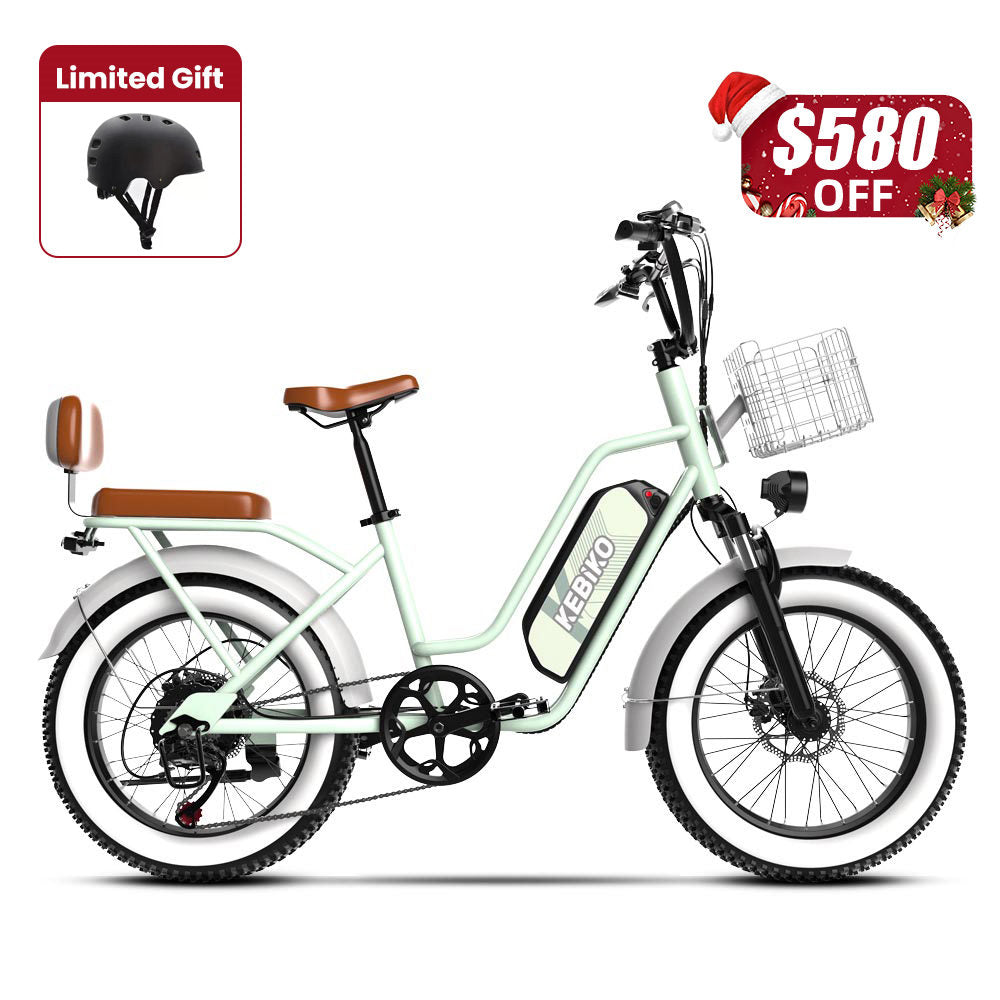
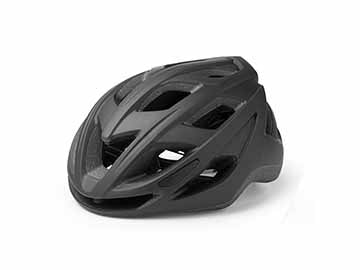
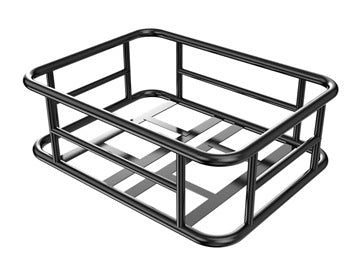
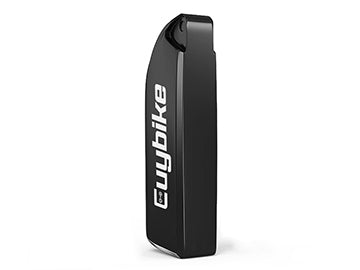

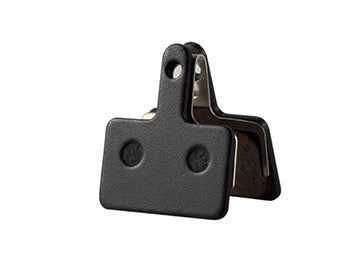
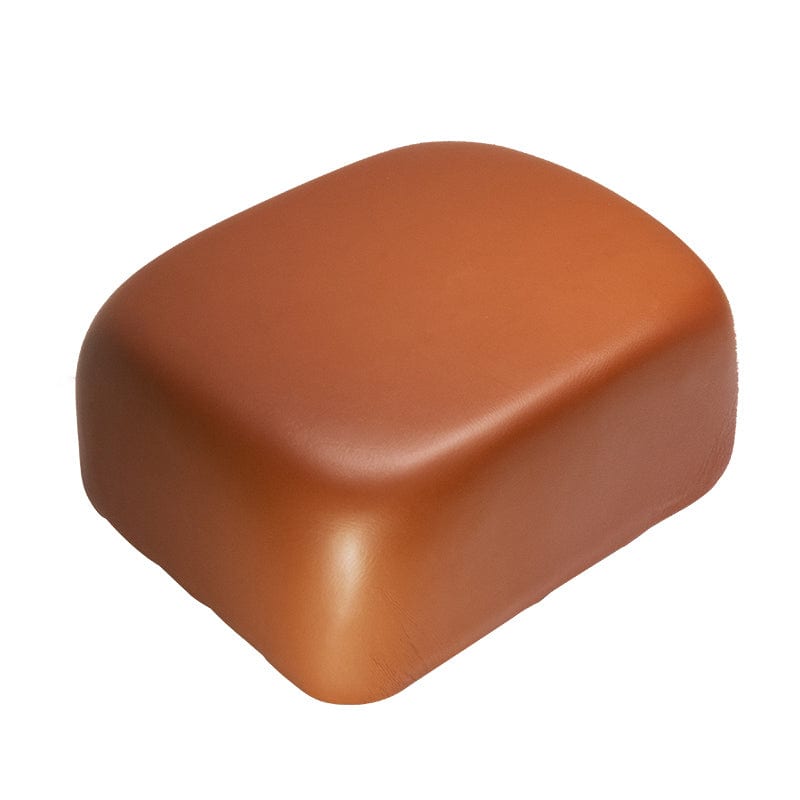
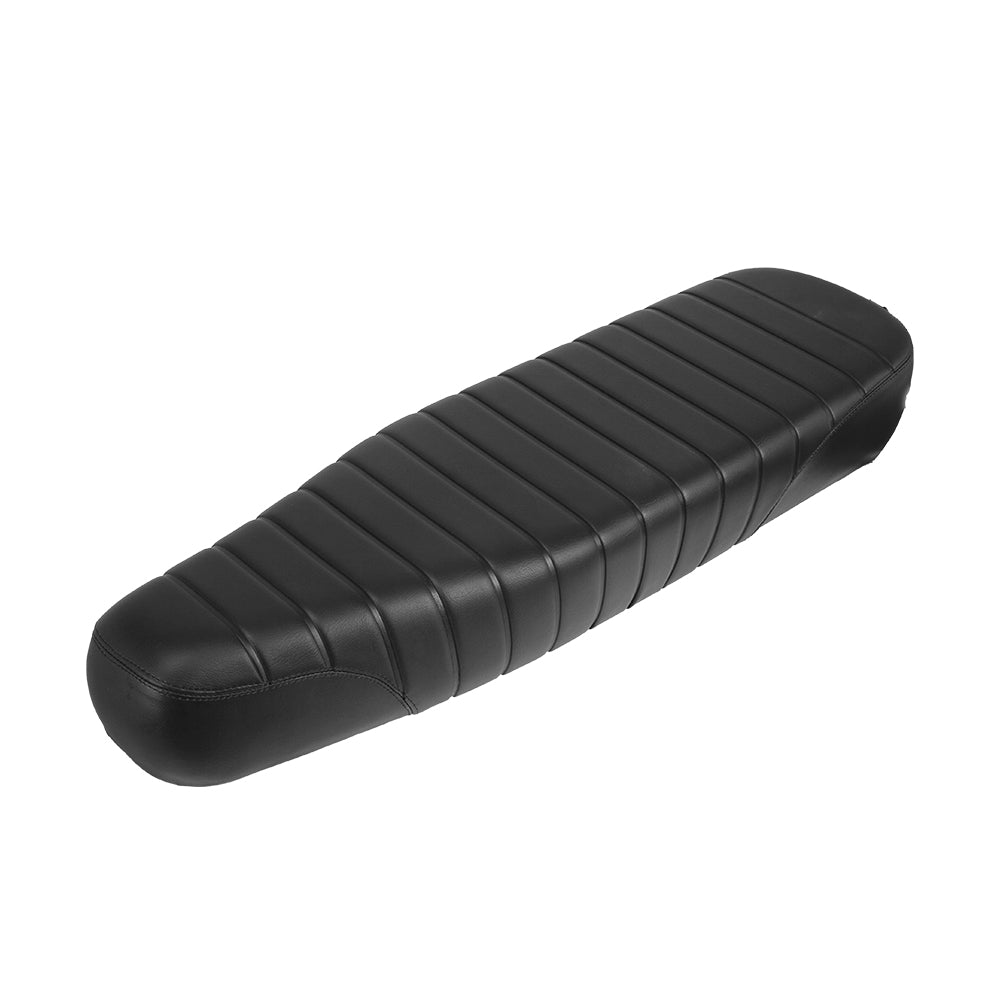

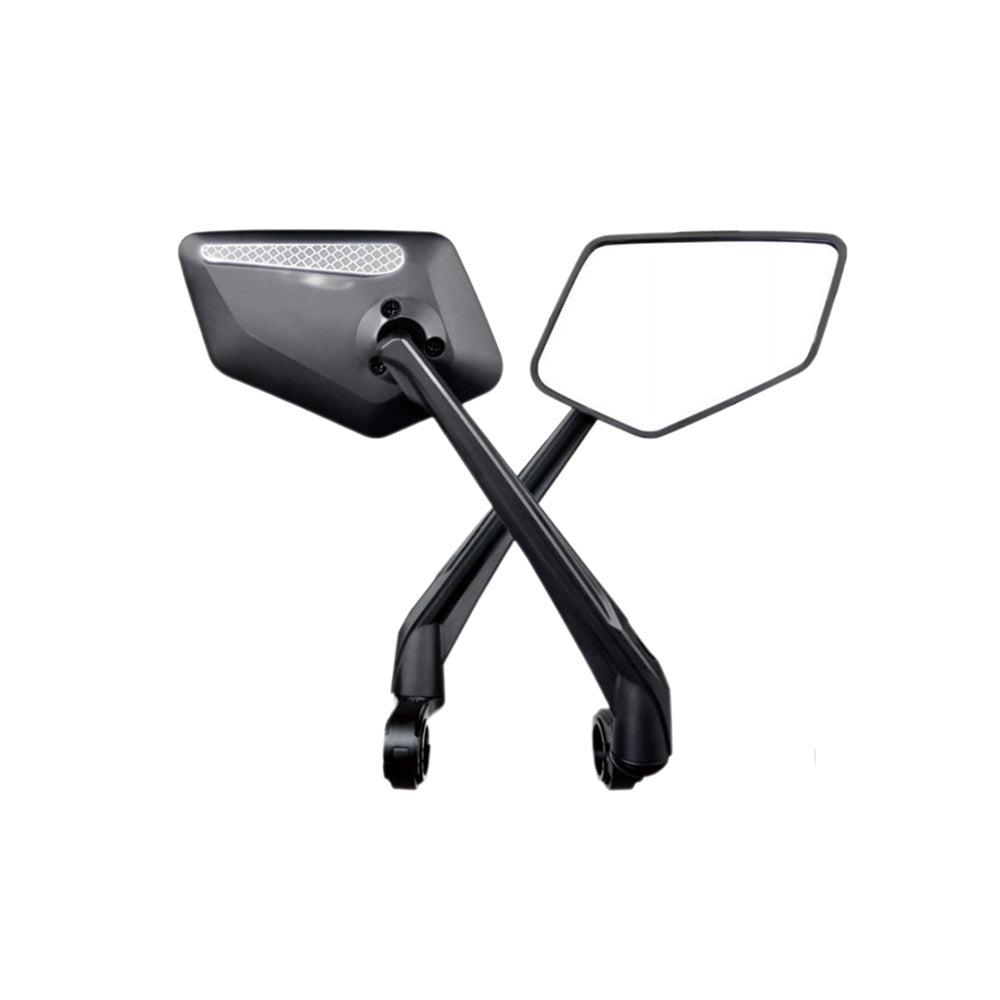

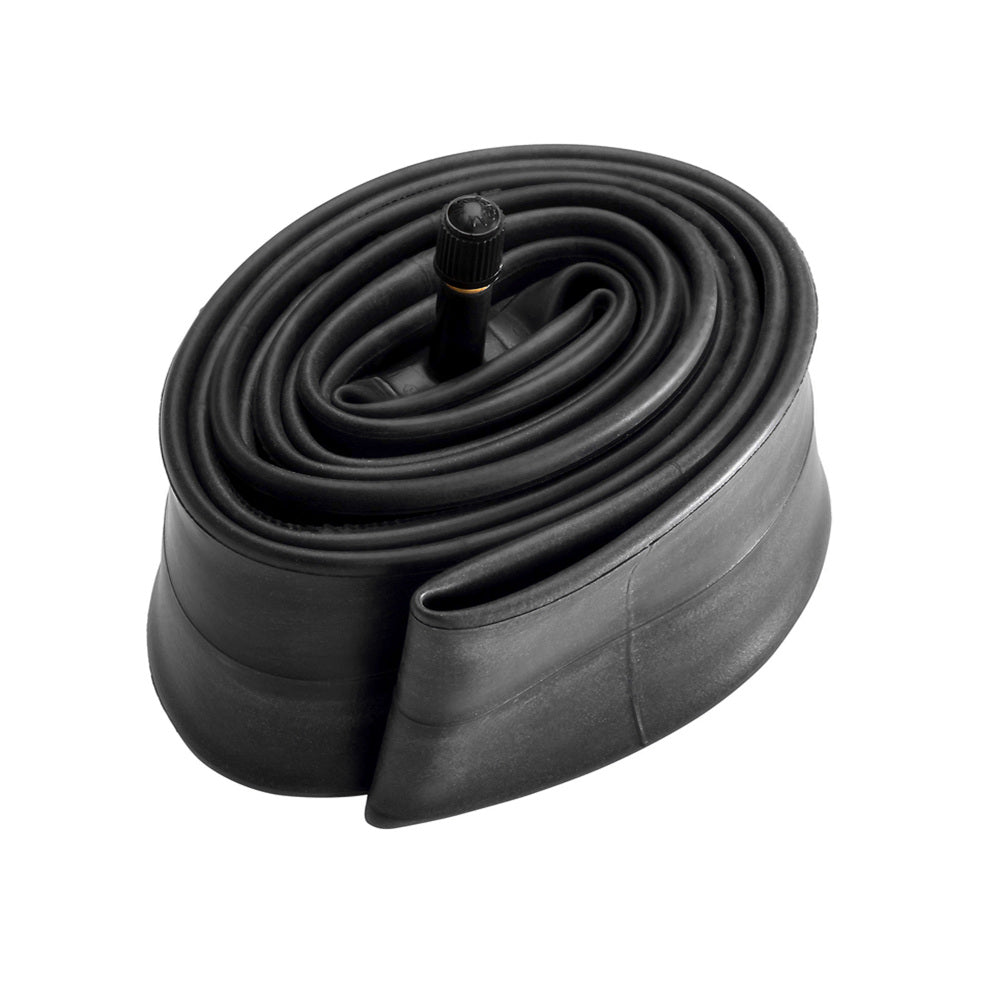
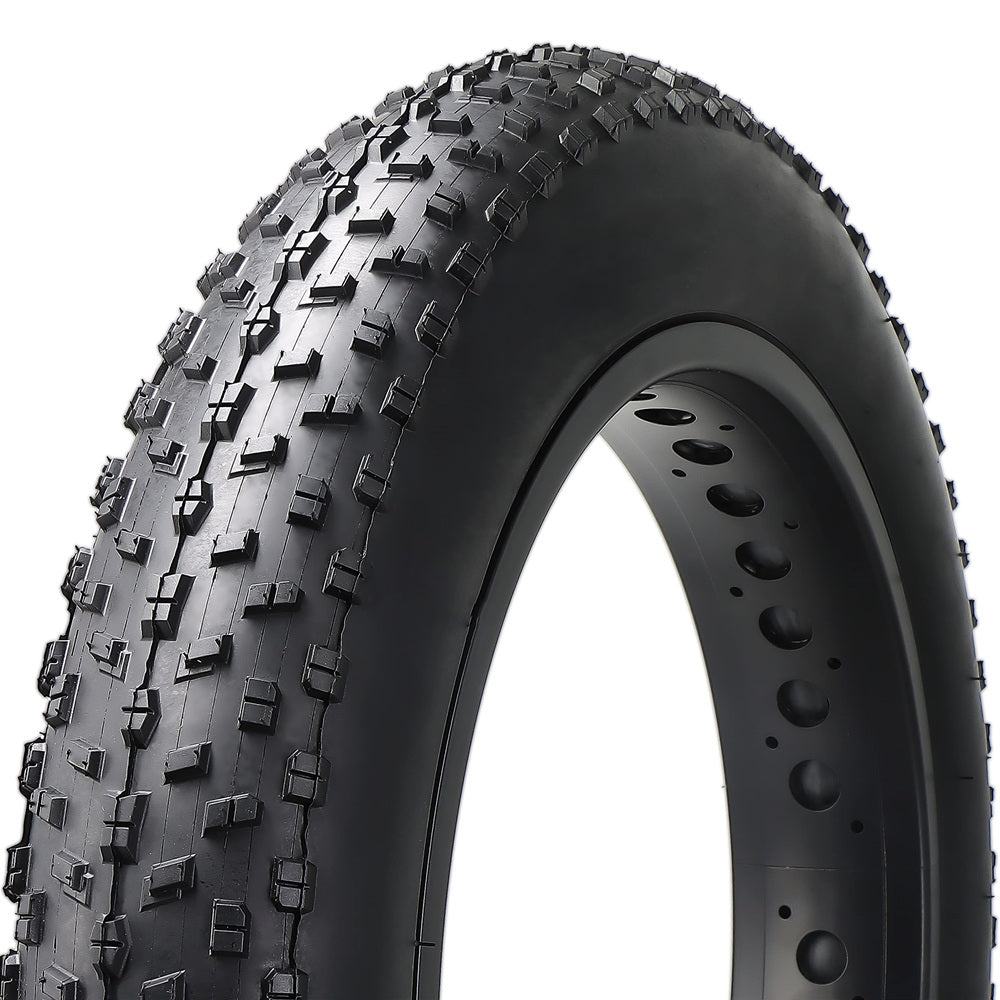
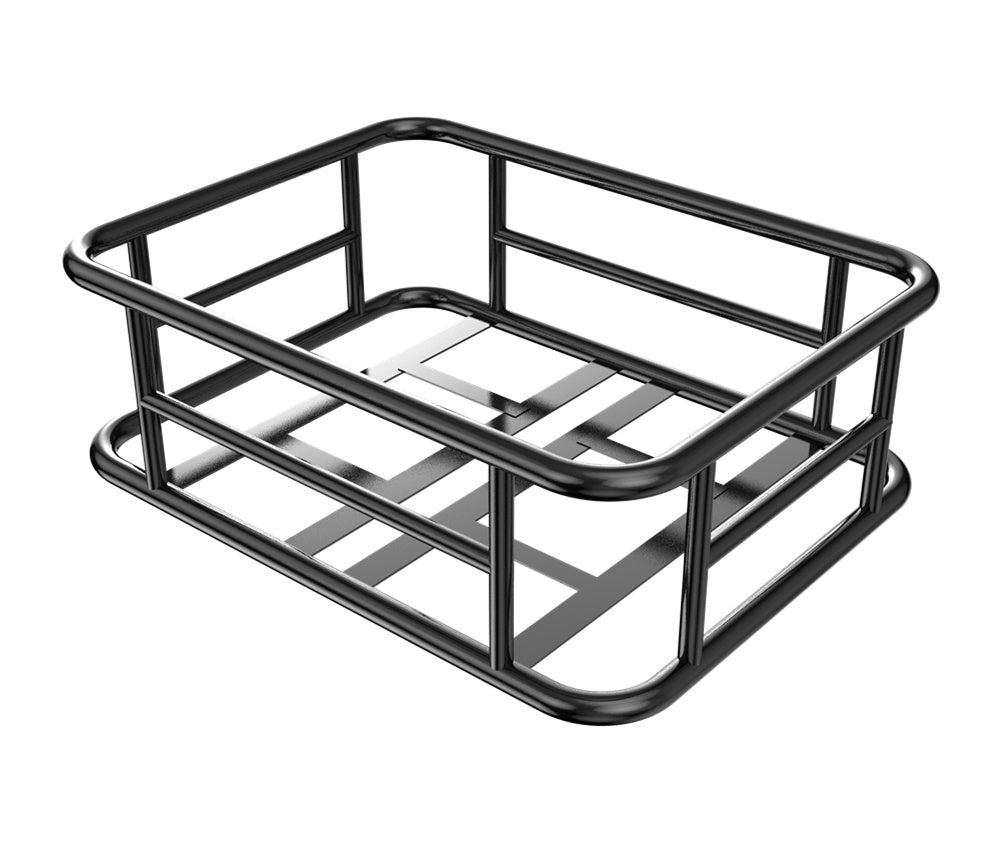
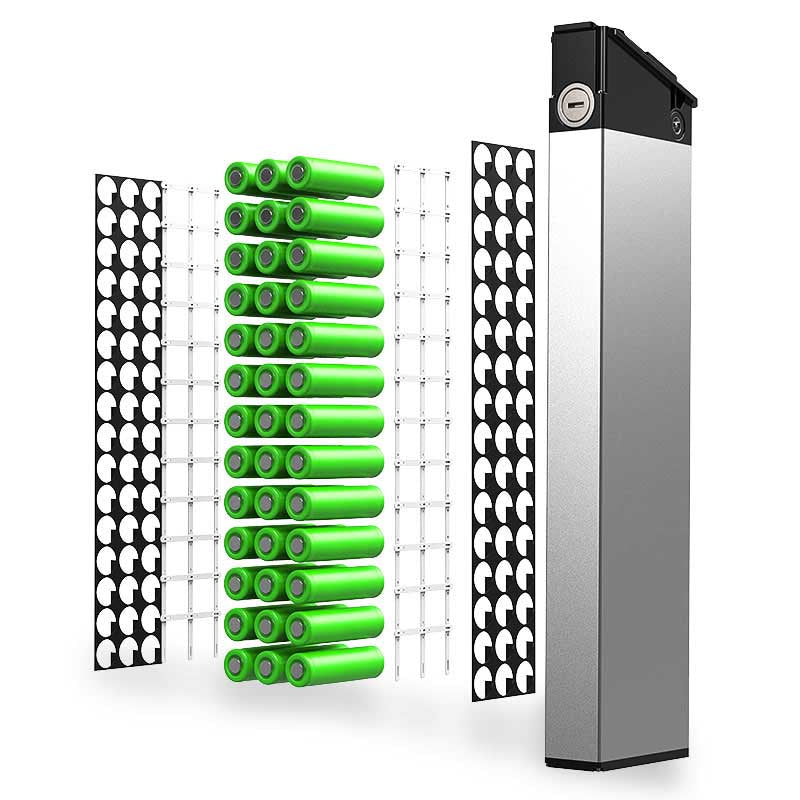
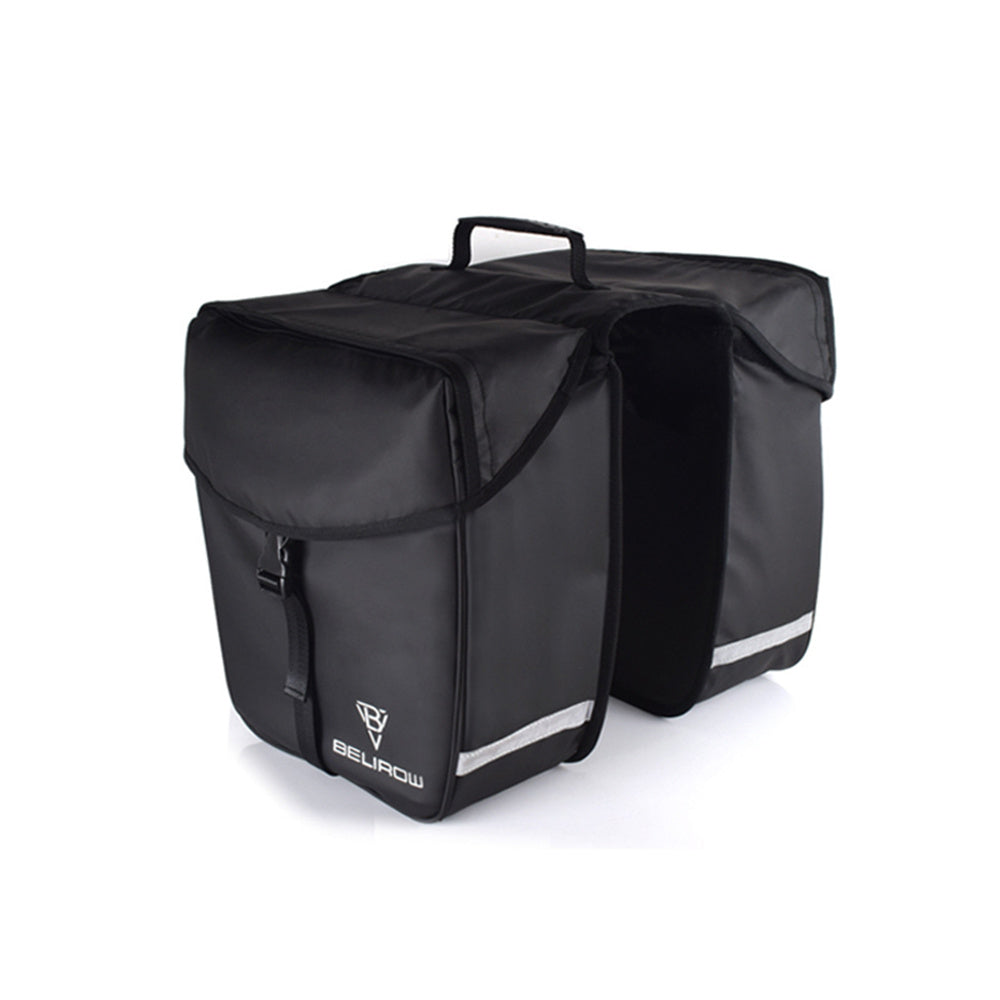
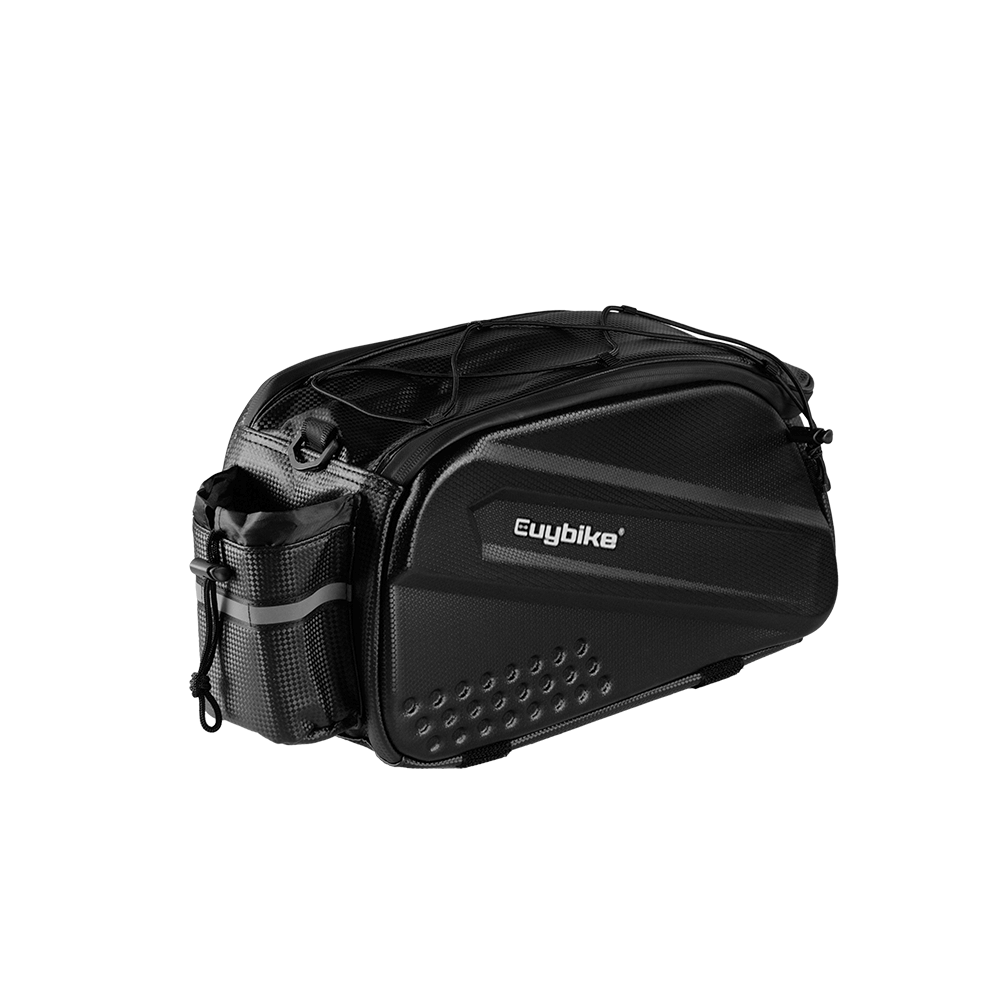
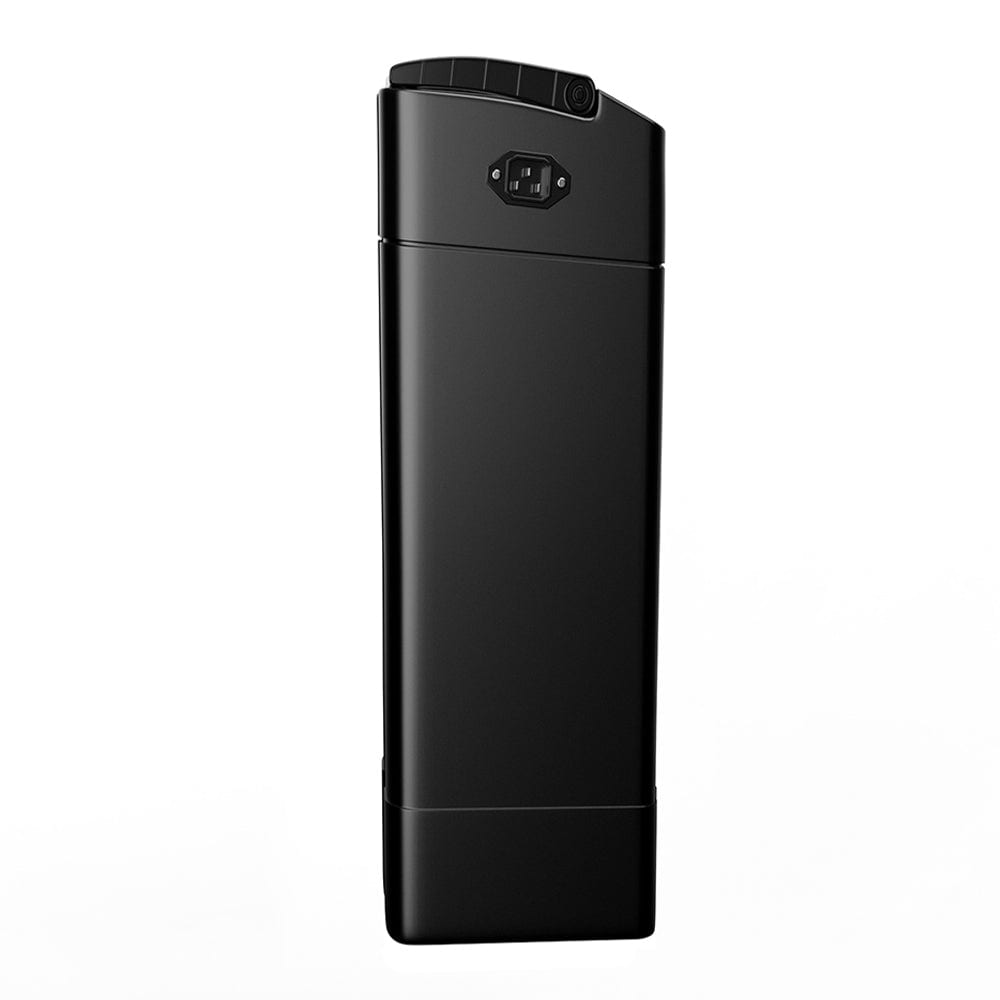



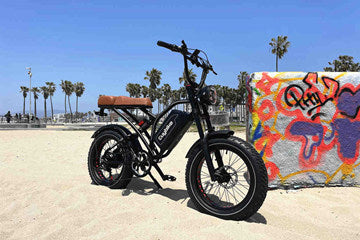
Leave a comment